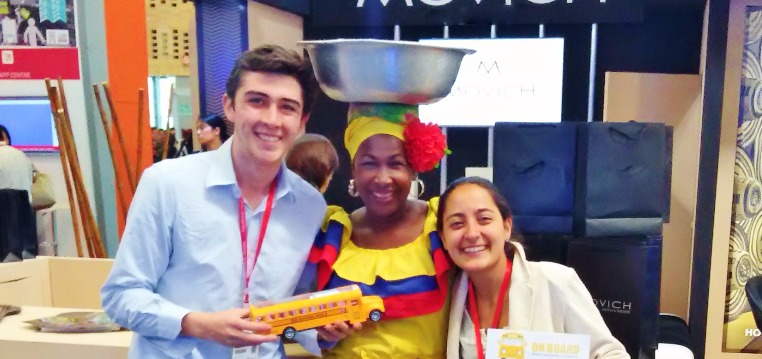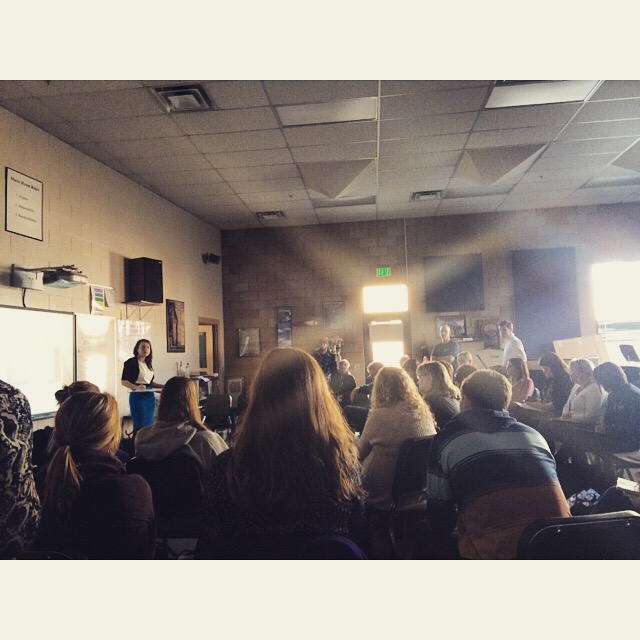Indigo’s Alternative Education April Winner: The DO School
Indigo’s Alternative Education April Winner: The DO School
April 24th 2015, Written by Jahla Seppanen
Indigo chose The DO School as its Alternative Education April Winner because we believe dreaming and doing is the future of education. The DO School has successfully allowed young people to make a difference, turning school into a space for real change and impact.
The DO School offers excellent educational programs that empower individuals and teams to turn ideas into action. Participants learn how to create social innovation hands-on, learn from passionate peers, engage with current experts and create impact for leading organizations.
Do you learn better when someone explains how to do something or allows you to try for yourself? Would you rather think about the next great idea that will change the world or go out and create it?
If you chose action, it could be the traditional college model of education will not fulfill your intrinsic goals and motivators. You might find yourself sitting in class wondering, ‘why can’t we put these ideas to use!?” Let’s call you, the Do-ers. You garner knowledge through application, dream big, and enjoy seeing the fruits of your labor come to life. For all you Do-ers, The DO School might be your perfect post-secondary path.
Students at The DO School are empowered to turn their great ideas into solid actions. Real action means real impact, and for all you Do-ers this sounds too good to be true. It can be difficult for young people to understand that post-secondary education is not reserved to the pre-req, sit-in-a-desk, take-notes, write-papers format. Shield your ears college professors but as they say at The DO School, “it’s not what you know, but what you do with it.” The DO School method enables students, or “Fellows,” to become innovators and have real positive social impact.
That’s why, during time on campus, the Fellows solve a real-life Challenge – a hands-on group task given by a company, governmental agency or NGO, next to preparing their own start ups. Recent Challenges have been the Green Store Challenge for H&M Germany or the Sustainable Cup Challenge given in collaboration with New York City’s Office of Long Term Planning and Sustainability.
Florian Hoffman, Founder and President at The DO School says,
“In today’s quickly changing world, innovation and social progress will come from individuals that reflect on their values and talents and learn the skills that are needed to seek opportunities and turn ideas into action. The DO School’s hands-on programs empower these leaders to create impact in the world.”
It doesn’t take long to realize The DO School might be on to something. Ask yourself why you go to college? To get a job. To survive in the “real world.” Students at DO have already created their “real world” job before their traditional counterparts start applying for post-grad positions. The DO School method, used in their One-Year Program, teaches Fellows how to focus their passions and talents to create positive and sustainable change in their communities. Past Fellows have created amazing projects including: a social enterprise called OneLamp, providing safe and affordable solar light bulbs to rural Ugandan families, a mobile ride-sharing app called Raye7, connecting friends and co-workers for easy and safe ride-sharing in Egypt, and an eco-brick manufacturing business “My Dream Home” to address the housing shortage for low income families in Cambodia. Take that college essay!
Read about other DO innovations here.
The DO School’s One-Year Program is open for enrollment to passionate social entrepreneurs between the ages of 21-31. Their admissions process is selective, only because applicants must be highly determined and willing to use DO to start or grow existing ventures. For more application information read on here. Other programs offered at The DO School include Leading for Impact with the Scoll Centre of Social Entrepreneurship at the University of Oxford, and the Intrapreneurship Program.
The DO School is supported by global organizations such as H&M, Newman’s Own Foundation, PlaNYC, EY, and more, and partners with other alternative education programs across the world including H&M Germany and EY.
Indigo’s Alternative Education April Winner: The DO School Read More »










